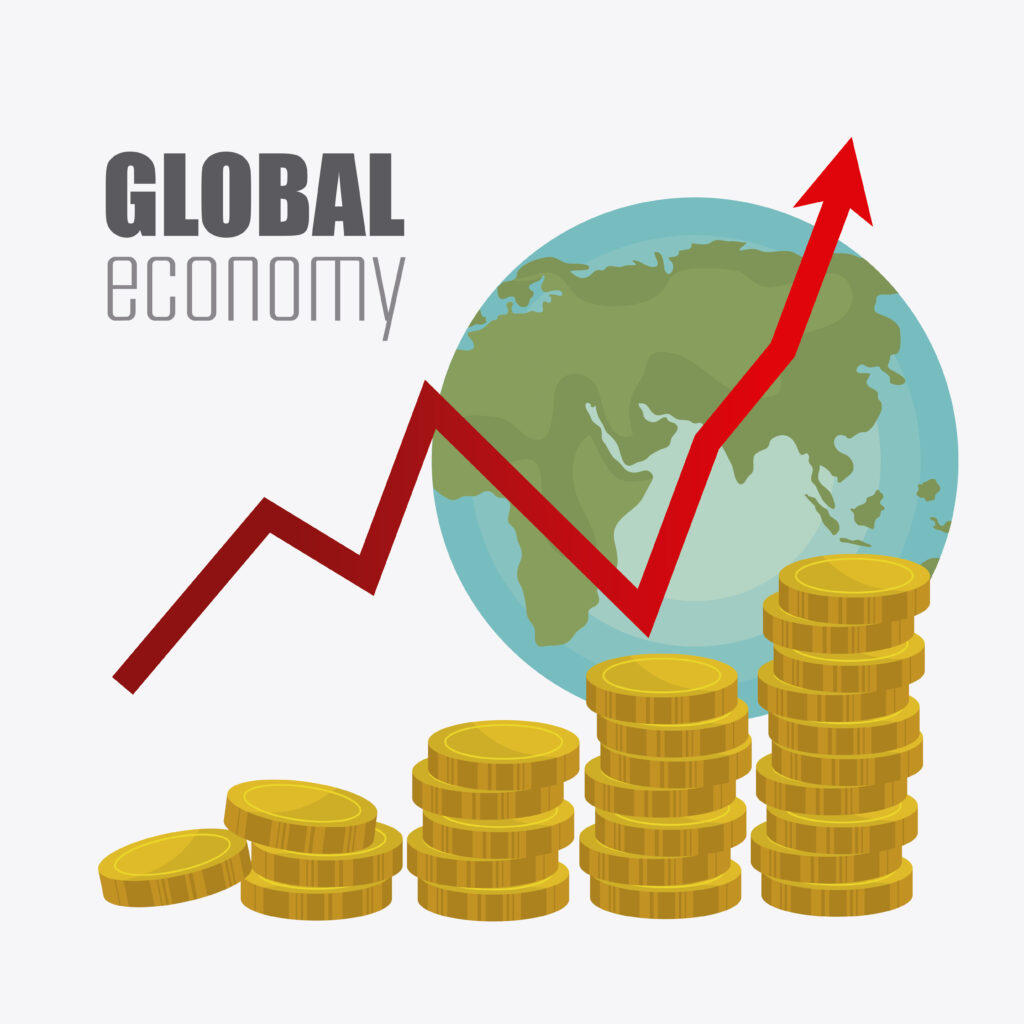As we delve into the state of world economics in 2024, we find ourselves at a unique crossroads shaped by a multitude of factors ranging from post-pandemic recovery efforts to geopolitical tensions and technological advancements. The global economy, while still reeling from the effects of COVID-19, has shown remarkable resilience and adaptability.



One of the most significant trends in 2024 is the shift towards sustainable practices. Governments and businesses alike are increasingly recognizing the importance of sustainability not just as a moral imperative but as a driver of economic growth. The adoption of green technologies is accelerating, with investments pouring into renewable energy sources like solar and wind power. This is not merely an environmental endeavor;
it’s a lucrative economic opportunity that promises job creation and long-term energy independence. Countries that once relied heavily on fossil fuels are now pivoting towards greener alternatives, leading to a significant transformation in energy markets and creating a ripple effect across various sectors, including transportation, manufacturing, and agriculture. In parallel, inflation continues to be a pressing concern for many nations.
In 2024, we observe a delicate balancing act as many economies have started tightening monetary policies to combat rising prices
After the unprecedented monetary policies enacted during the pandemic, central banks are grappling with the dual challenge of supporting growth while curbing inflation.which in turn raises fears of slowing growth. The challenge is particularly acute in developing nations, where inflationary pressures can erode purchasing power and lead to social unrest. Currency fluctuations have also played a pivotal role, with several currencies experiencing volatility against the backdrop of geopolitical tensions. Additionally, global supply chains, still recovering from pandemic-induced disruptions, face new challenges as countries navigate the complexities of trade relationships.
The ongoing tensions between major economies, especially between the U.S. and China, continue to influence trade policies and practices. In 2024, we see a marked increase in regional trade agreements as countries strive for economic resilience and self-sufficiency.








